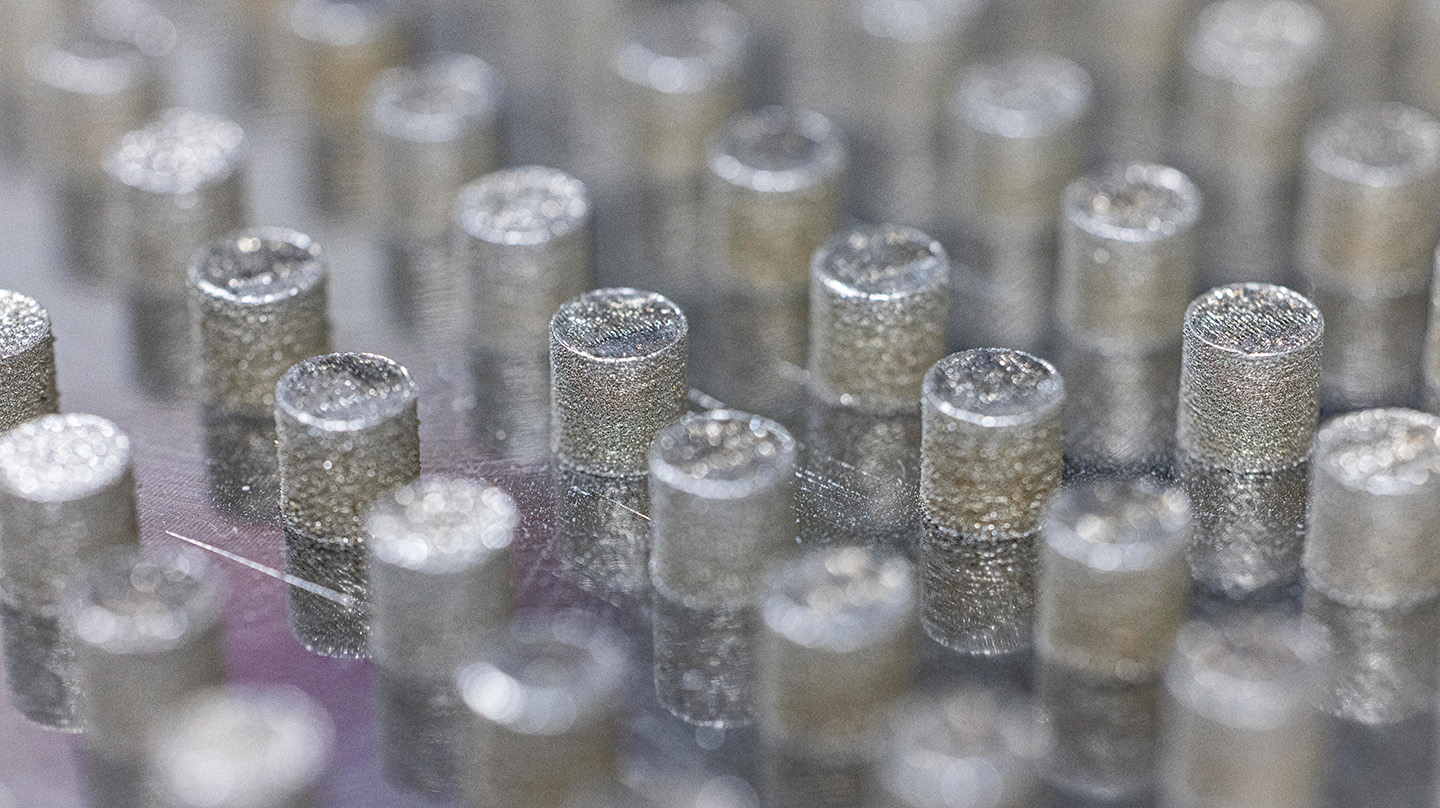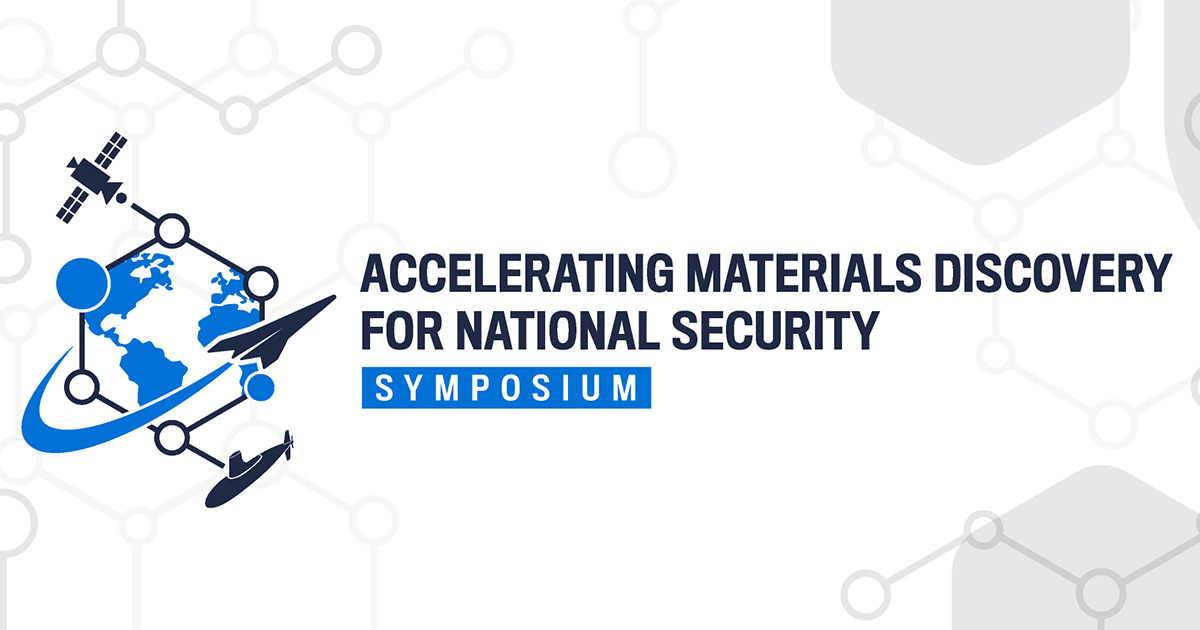News
Catching Additive Manufacturing Defects with Nanoseconds to Spare
The United States is on the cusp of a manufacturing renaissance. Federal legislation has ushered in billions of dollars of investment in manufacturing capabilities that will streamline the supply chain and strengthen national security. One capability poised to have a profound impact on the nation’s industrial base is additive manufacturing, which encompasses a variety of fabrication techniques that build structures layer by layer.
“Additive manufacturing allows you to create so many different structures that are optimized for specific applications,” said Vince Pagán, an experimental optics scientist and project manager at the Johns Hopkins Applied Physics Laboratory (APL) in Laurel, Maryland. “But its Achilles’ heel is that the process generates defects that can cause parts to weaken and fail, and you can’t have that when they’re used in critical applications like national defense, biotechnology and aerospace.”
This problem remains one of the most significant obstacles to widespread adoption of additive manufacturing technology, but APL experts are addressing it by developing sensors that are fast enough to identify defects before they materialize. The work builds on years of research supported by internal funding as well as the Hopkins Extreme Materials Institute, the Army Research Laboratory and, most recently, the Office of Naval Research.
“If we can identify defect formation while still in the melt state, then we have the opportunity to repair these imperfections before they result in performance-limiting flaws,” said Morgan Trexler, who leads APL’s Science of Extreme and Multifunctional Materials program. “We are working to make manufacturing processes more intelligent, which will inherently lead to more rapid manufacturing and trusted components.”
Bubble Trouble
Some of the most common defects created during additive manufacturing — and among the hardest to prevent — are keyhole formations. These appear during the process of powder bed fusion, a method of additive manufacturing that uses lasers to melt metal powders and solidify them into complex geometries. When the lasers deposit too much energy too quickly into the melted metal or melt pool, tiny bubbles of vapor form and become trapped as the metal cools, weakening a part’s structural integrity. Because they form beneath actively printed layers, keyhole defects are hard to spot in real-time — but not impossible.
“We can identify rocks below the surface of rivers from space, not because we can actually see them directly, but because we can see rapids where the water flow is disrupted,” explained Steve Storck, project manager and chief scientist for manufacturing technologies in APL’s Research and Exploratory Development Department. “Similarly, if a pore is about to form in a part, then the thermal flow around it will be disrupted, which indicates a defect in the formation process. If we can measure that temperature and spectral anomalies accurately and rapidly, we should be able to tell if something is forming in, underneath or adjacent to the active melting location.”
The researchers hypothesized that these keyhole defects were occurring during transitional states. If they could pause the depositing laser just before the anomaly began to form, then the molten metal could cool long enough to settle and close the vapor depression, preventing bubble formation.
“To eliminate keyhole defects, we need to be able to detect and prevent them in real time, but this all happens exceptionally fast,” said Storck. “In the additive manufacturing process, solidification happens about one to three thousand times faster than during traditional processes, which means conventional sensing and control methods would not work. This drove us to develop custom methods.”
To find out just how long they needed to pause the laser, Li Ma, a senior engineer and additive manufacturing process modeling expert, ran a simulation using computational fluid dynamics. The simulation determined that response times faster than 10 to 20 microseconds were required to identify a thermal disruption, augment the process, and let the molten pool cool slightly without a defect forming.
“This is where the magic happens,” said Pagán. “We’re essentially slowing down time.”


